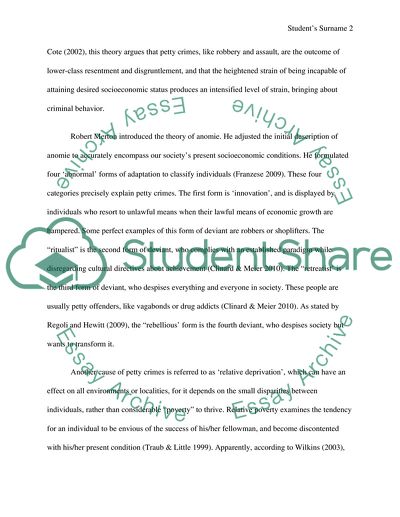Cite this document
(“Theories on Deviant Behavior Research Paper Example | Topics and Well Written Essays - 1500 words”, n.d.)
Theories on Deviant Behavior Research Paper Example | Topics and Well Written Essays - 1500 words. Retrieved from https://studentshare.org/psychology/1766187-theories-on-deviant-behavior
Theories on Deviant Behavior Research Paper Example | Topics and Well Written Essays - 1500 words. Retrieved from https://studentshare.org/psychology/1766187-theories-on-deviant-behavior
(Theories on Deviant Behavior Research Paper Example | Topics and Well Written Essays - 1500 Words)
Theories on Deviant Behavior Research Paper Example | Topics and Well Written Essays - 1500 Words. https://studentshare.org/psychology/1766187-theories-on-deviant-behavior.
Theories on Deviant Behavior Research Paper Example | Topics and Well Written Essays - 1500 Words. https://studentshare.org/psychology/1766187-theories-on-deviant-behavior.
“Theories on Deviant Behavior Research Paper Example | Topics and Well Written Essays - 1500 Words”, n.d. https://studentshare.org/psychology/1766187-theories-on-deviant-behavior.


